The term mica includes 37 phyllosilicate minerals that occur in a layered or plate-like structure. The most commercially important variants of mica are muscovite and phlogopite. Mica is mined in more than 35 countries. While there are competing and incomplete data on precise production volumes, due in part to the informal economy that is involved in mica mining in some countries, the consensus is that India and Madagascar are the two largest exporters of sheet mica followed by China and Brazil.[OECD, SOMO] India and Madagascar are also the two countries most associated with the use of child labor in a research study on the global mica supply chain undertaken by SOMO on behalf of Terre des Hommes, Nederlands.
The Harmonized System of Nomenclature established by the World Customs Organization lists 18 classification codes for different types of raw mica and 14 for manufactured mica. Mica is collected at mines in block, scrap or flake formats. Blocks provide larger mica sheets which are peeled off the block and fabricated or shaped by cutting or stamping, for example, for use in electrical applications or as heat resistant windows (peepholes) to observe high heat environments. Flake and scrap mica, a by-product of mining or the separation of sheets from block mica during processing, are frequently ground into powder for a variety of applications.
Mica has a wide range of applications in many different industries due to its diverse optical, functional and both electrical and thermal insulation properties.



In India, mica is sourced in a number of states including principally Andhra Pradesh, Bihar, Jharkhand, Maharashtra and Rajasthan*. However, the region prone to labor abuses and the use of child labor in particular is the so-called “mica belt” that straddles the states of Bihar and Jharkhand.
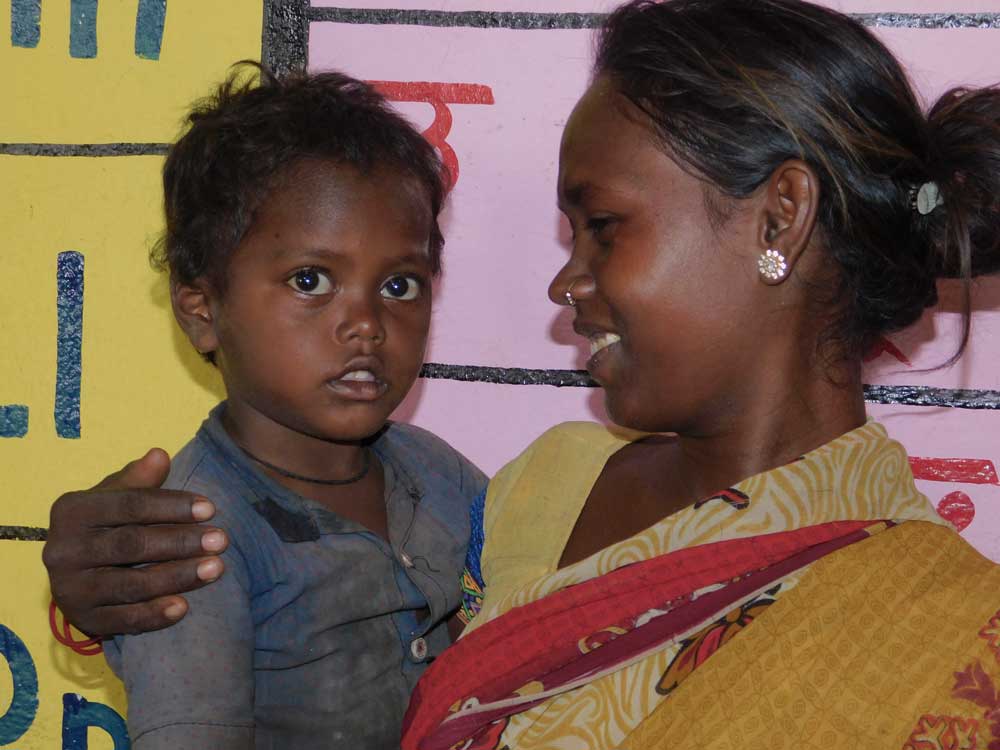
Women and children bear a disproportionate burden from the prevailing conditions in the mica mining region. Poverty in the villages and the lack of alternatives means of livelihood create a vicious cycle of dependence on mica.
Mothers are often compelled to contribute to family income by picking mica. The lack of child services and schools in the villages mean that mothers must take their children with them. When children are old enough, and with few options to attend school, they also begin to pick mica to supplement their parent’s income.
RMI’s holistic approach was needed in order to tackle the underlying conditions that lead to child labor and poor working conditions. Our three program pillars – Community Empowerment, Mapping and Workplace Standards and Legal Frameworks – work together to create a foundation for a responsible and sustainable mica supply chain.
Fanny Frémont, Executive Director
*Indian Minerals Yearbook 2014, (Part- III: Mineral Reviews), 53rd Edition, MICA.